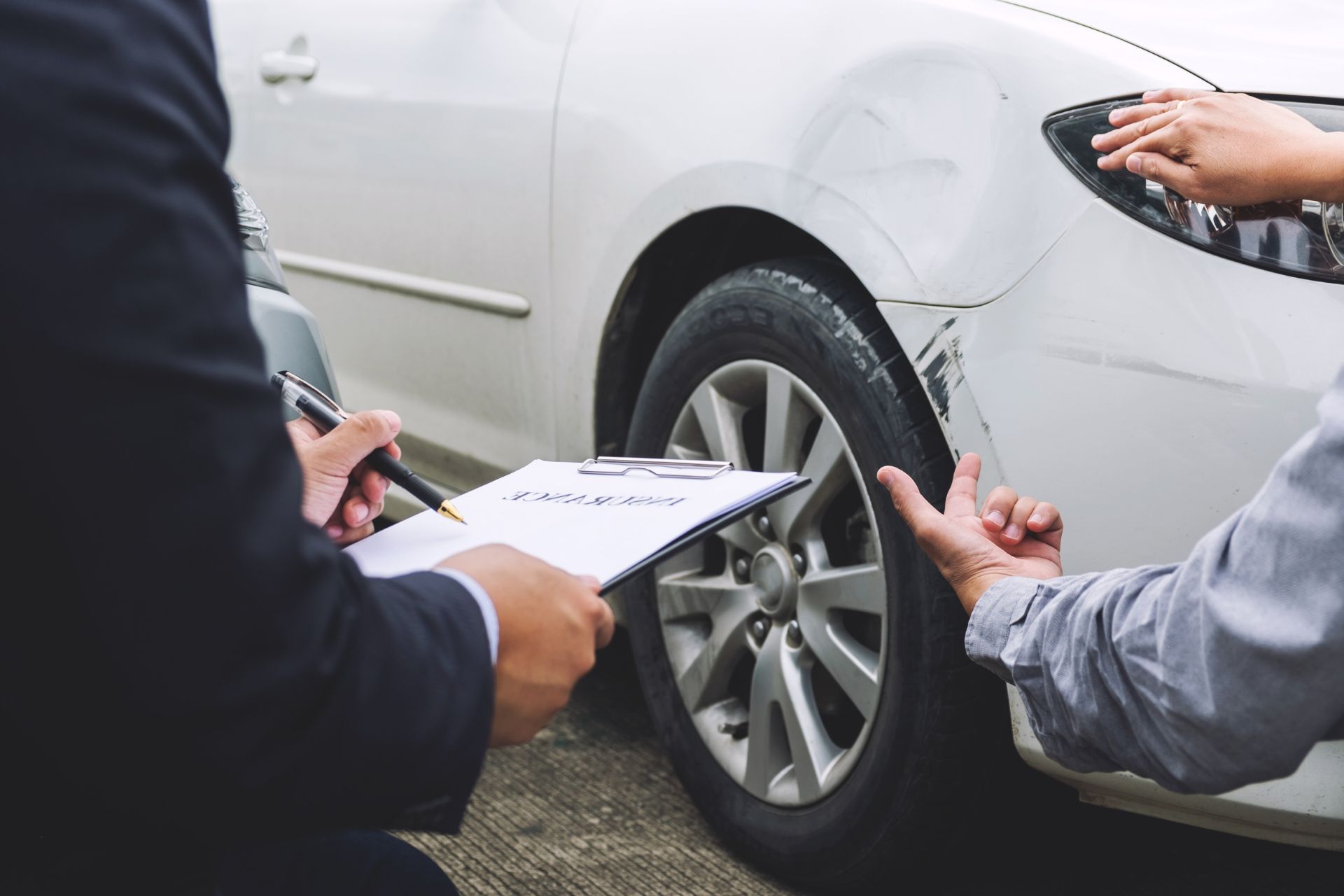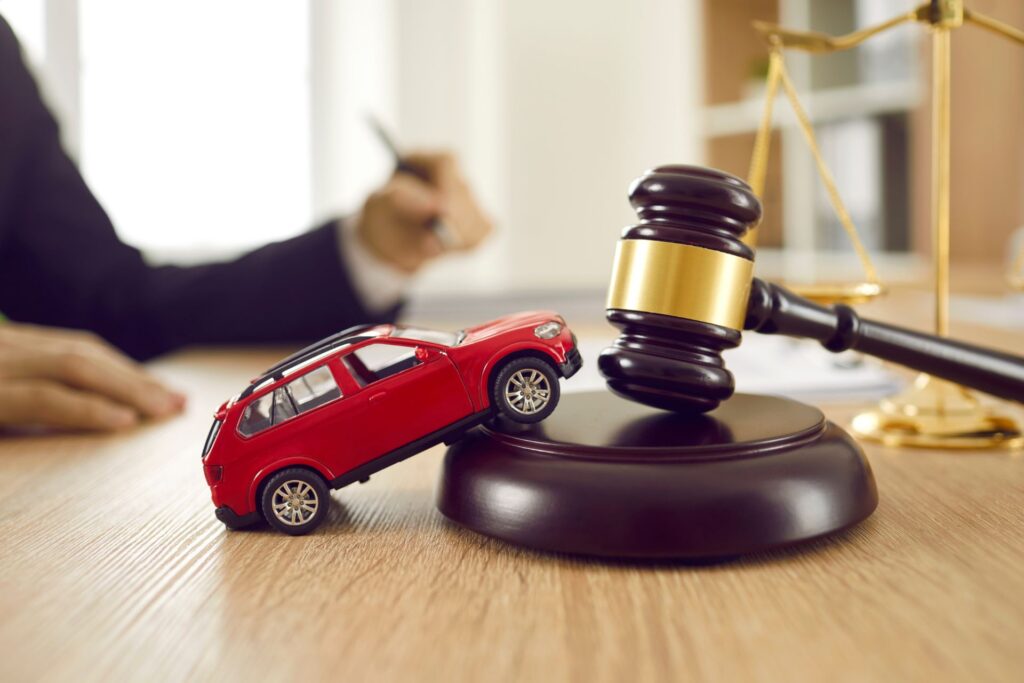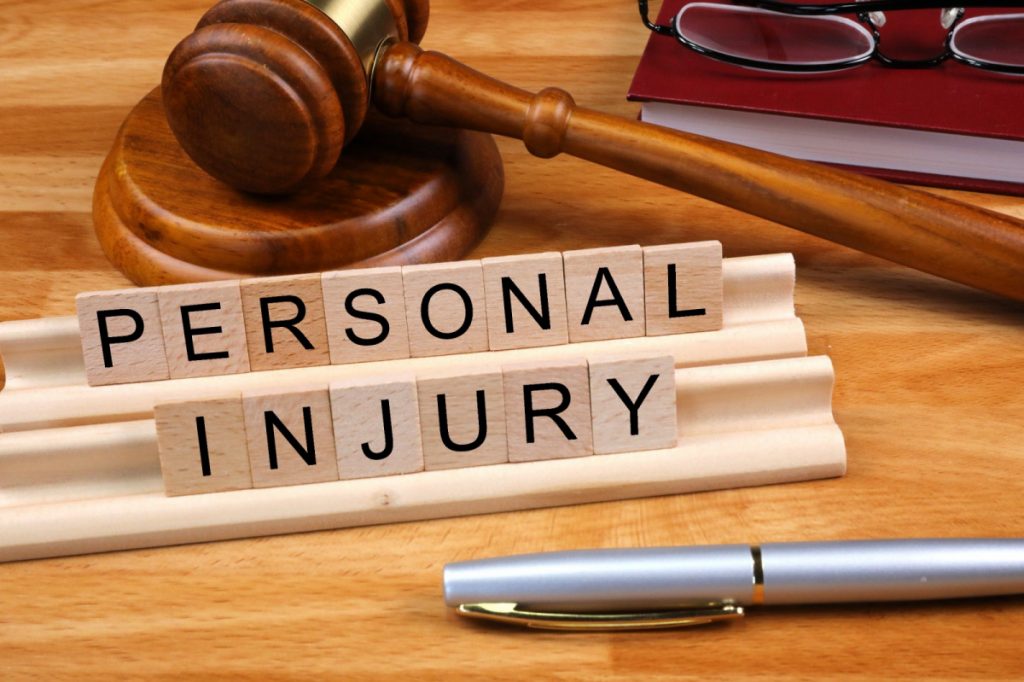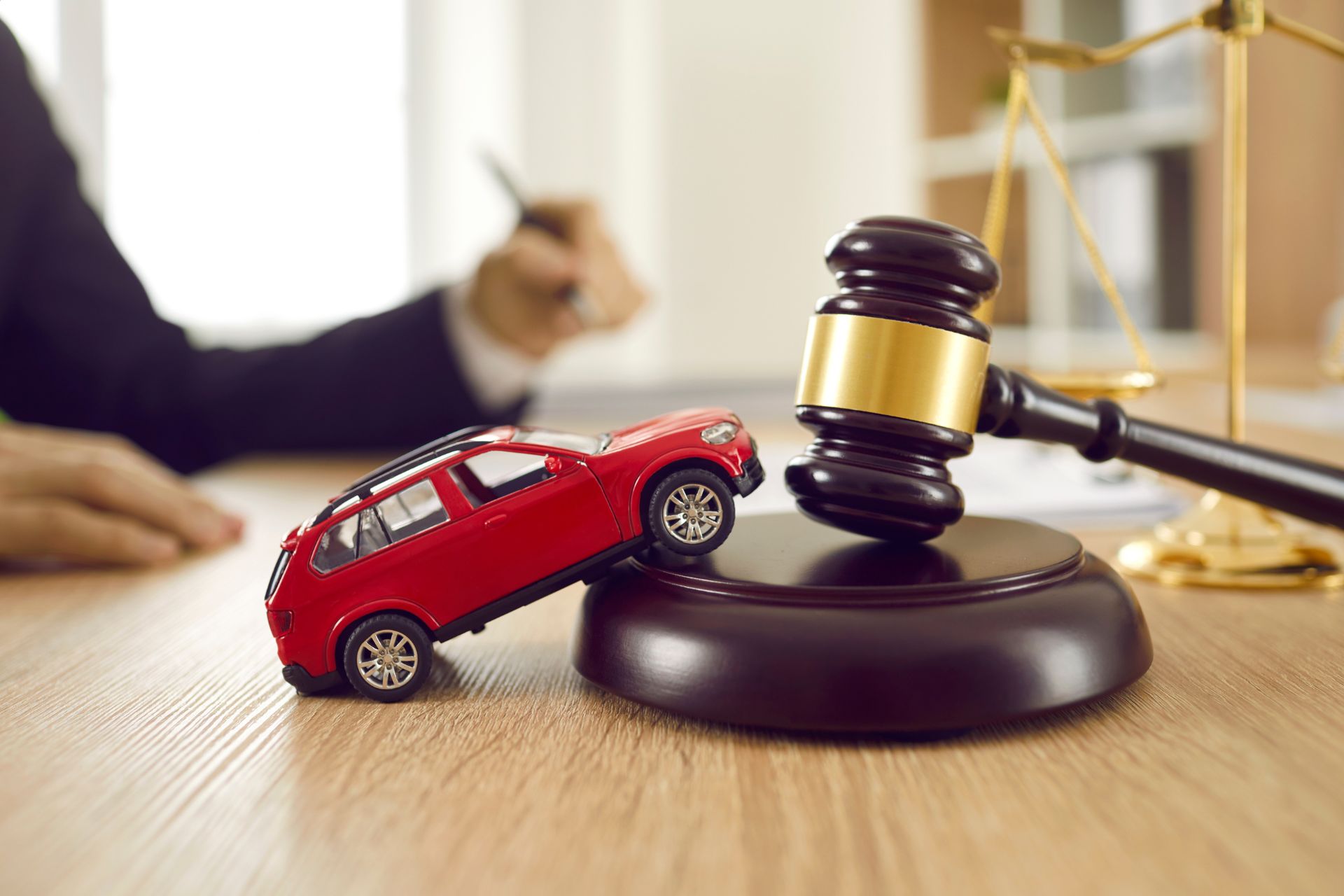Now Reading: Rear-End Accidents from Driver Distraction in Narrow Construction Corridors
-
01
Rear-End Accidents from Driver Distraction in Narrow Construction Corridors

Rear-End Accidents from Driver Distraction in Narrow Construction Corridors
Driving through construction corridors is one of the toughest tests of focus on the road. The lanes are tight, the margins for error are slim, and a single lapse in attention can quickly lead to a rear-end collision. The convergence of reduced space and heightened demands on your attention can transform a routine commute into a hazardous undertaking. This article examines the dynamics of rear-end collisions resulting from inattentiveness in these challenging environments, offering insights into the factors contributing to these incidents and strategies to enhance vigilance and safety behind the wheel, while also noting when it may be necessary to seek guidance from a Queens car accident lawyer.
How Driver Distraction Leads to Rear-End Accidents
The Nature of Driver Distraction
In construction corridors, distraction quickly becomes a serious hazard. Tight lanes and shifting traffic require drivers to give their full attention, yet it’s easy to lose focus. Looking at a phone takes eyes off the road. Adjusting the radio requires hands to be off the wheel. And perhaps most dangerous of all, wandering thoughts or tense conversations take the mind away from driving altogether.
Impacts in Construction Zones
These risks intensify even more inside construction zones. Drivers face sudden lane changes, unexpected barriers, and crews working just feet away. Staying alert is critical because even a split-second distraction can mean missing a sudden stop from the car ahead. With limited visibility and little space to maneuver, even a minor mistake can quickly escalate into a rear-end collision.
Preventative Measures
Reducing the risks in construction corridors starts with proactive driving habits. Staying focused and alert is essential, and drivers should address potential distractions before entering these areas. Practicing defensive techniques, such as keeping a safe distance and anticipating how other vehicles may react, adds another layer of protection. Continued education and awareness efforts also play a vital role in promoting responsible driving, helping to lower the likelihood of rear-end collisions in these demanding conditions.
Technology and Innovations to Mitigate Driver Distraction
Advanced Driver-Assistance Systems (ADAS)
To help cut down on rear-end accidents in construction corridors, many vehicles now come equipped with Advanced Driver-Assistance Systems (ADAS). These tools use radar, cameras, and sensors to keep an eye on the road ahead. Features like adaptive cruise control and collision avoidance can warn drivers of potential hazards—and in some cases even apply the brakes automatically. By boosting reaction times and reducing human error, ADAS provides an extra layer of safety in busy or complex driving conditions.
In-Vehicle Alerts and Notifications
Modern cars often include built-in alerts that help drivers stay focused. These systems can detect signs of fatigue or inattention by tracking steering patterns and eye movement. When something is off, the car sends a warning through sounds or gentle vibrations to bring attention back to the road. In construction zones, where traffic can shift suddenly, these alerts play a key role in keeping drivers aware and responsive.
Integration of Mobile Applications
Another safety boost comes from mobile apps that connect directly with a vehicle’s system. These apps deliver real-time updates on traffic, lane closures, and hazards in construction areas. With information provided through voice commands or heads-up displays, drivers can stay informed without looking away from the road. This seamless setup improves safety while cutting down the temptation to check a phone while driving.
Future Technologies
The future holds promise with the development of vehicle-to-everything (V2X) communication. This technology enables vehicles to interact with road infrastructure and other vehicles, sharing vital information such as road conditions, speed limits, and construction updates. As V2X technology becomes a reality, it will further enhance situational awareness, allowing drivers to make informed decisions that prevent rear-end collisions in challenging driving environments.
Final Thoughts
Driving through narrow construction corridors requires extra caution and focus to reduce the risk of rear-end collisions. In these tight areas, staying alert and avoiding distractions is critical. Keeping your attention on the road not only helps protect you but also ensures the safety of other drivers and the construction crews working nearby. Practicing careful driving habits promotes a safer environment for everyone. However, if an accident does occur, speaking with a Queens car accident lawyer can provide the guidance you need.










